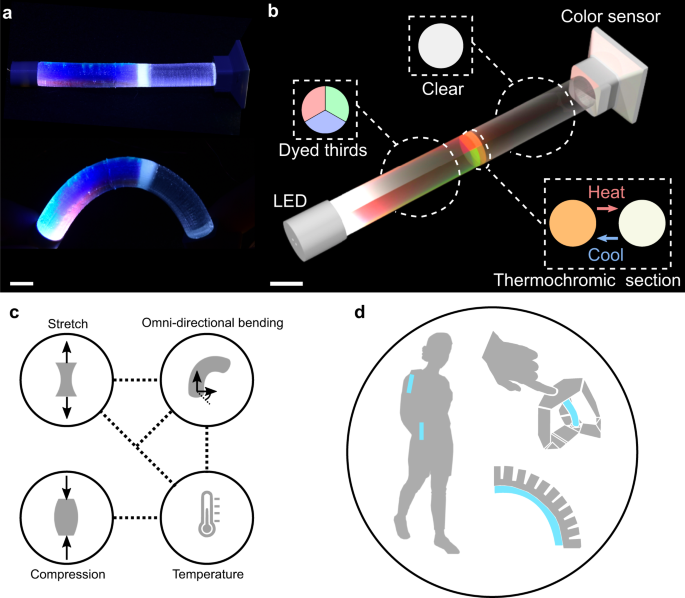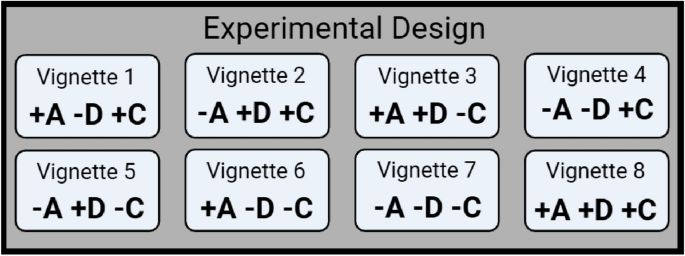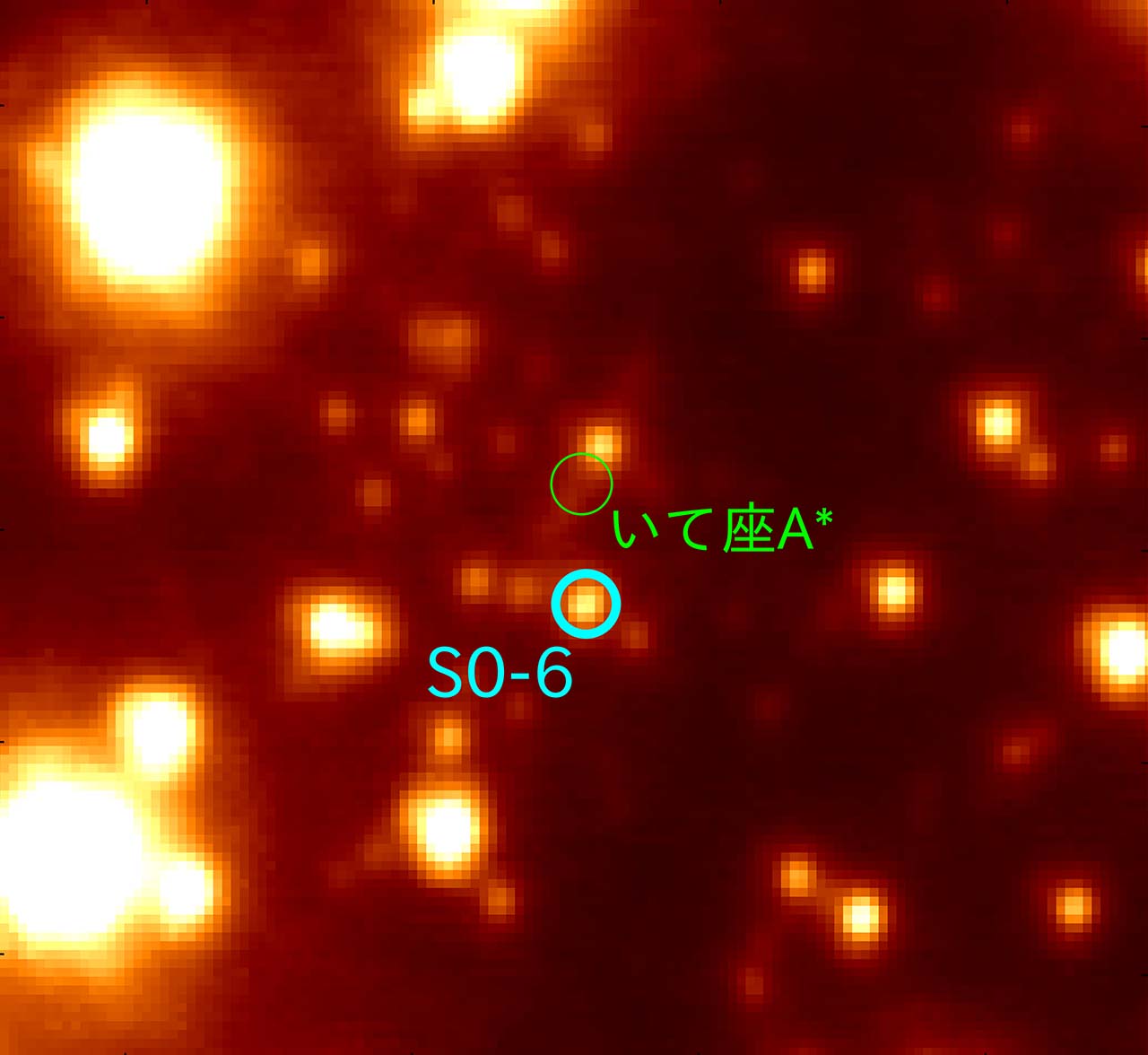2023-12-01 スイス連邦工科大学ローザンヌ校(EPFL)
◆ChromoSenseは、軽量で情報密度が高く、異なるタスクに組み込みやすい特長を持つため、ウェアラブルデバイスやアスレチックギア、衣類などへの応用が期待されています。ただし、同時にかかる刺激を分離することは課題であり、Paik氏はテクノロジーの改善とローカルな力や形状変化の正確な境界を検知することに焦点を当てていると述べています。
<関連情報>
- https://actu.epfl.ch/news/a-color-based-sensor-to-emulate-skin-s-sensitivi-2/
- https://www.nature.com/articles/s41467-023-42655-y
コンテクストセンシティブな機械のためのマルチモーダル変形・温度センシング Multi-modal deformation and temperature sensing for context-sensitive machines
Robert Baines,Fabio Zuliani,Neil Chennoufi,Sagar Joshi,Rebecca Kramer-Bottiglio & Jamie Paik
Nature Communications Published:18 November 2023
DOI:https://doi.org/10.1038/s41467-023-42655-y

Abstract
Owing to the remarkable properties of the somatosensory system, human skin compactly perceives myriad forms of physical stimuli with high precision. Machines, conversely, are often equipped with sensory suites constituted of dozens of unique sensors, each made for detecting limited stimuli. Emerging high degree-of-freedom human-robot interfaces and soft robot applications are delimited by the lack of simple, cohesive, and information-dense sensing technologies. Stepping toward biological levels of proprioception, we present a sensing technology capable of decoding omnidirectional bending, compression, stretch, binary changes in temperature, and combinations thereof. This multi-modal deformation and temperature sensor harnesses chromaticity and intensity of light as it travels through patterned elastomer doped with functional dyes. Deformations and temperature shifts augment the light chromaticity and intensity, resulting in a one-to-one mapping between stimulus modes that are sequentially combined and the sensor output. We study the working principle of the sensor via a comprehensive opto-thermo-mechanical assay, and find that the information density provided by a single sensing element permits deciphering rich and diverse human-robot and robot-environmental interactions.



